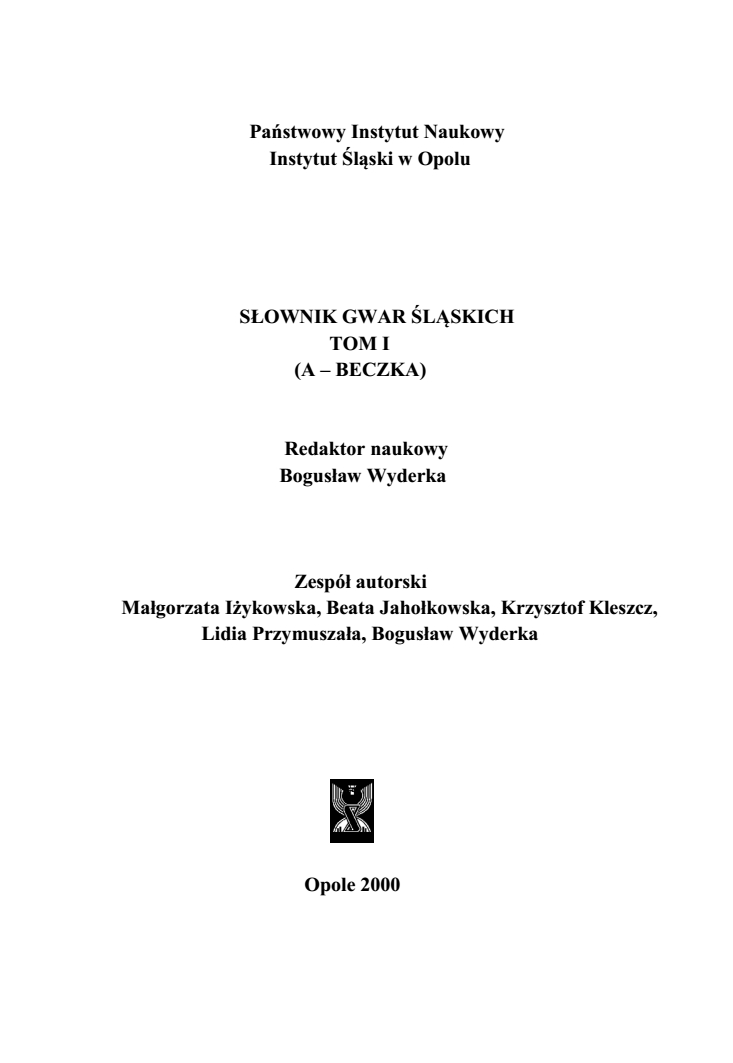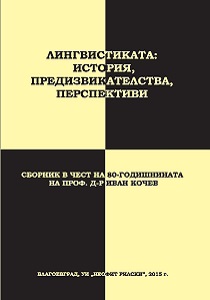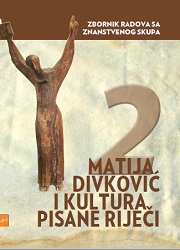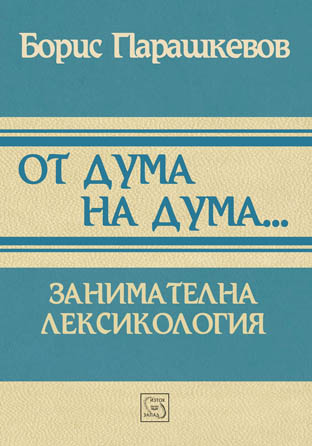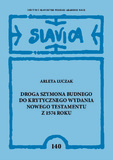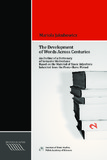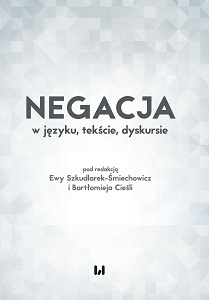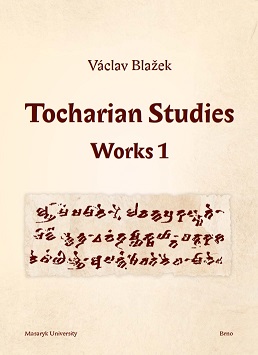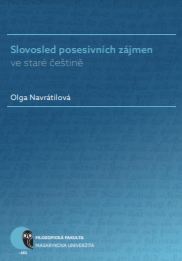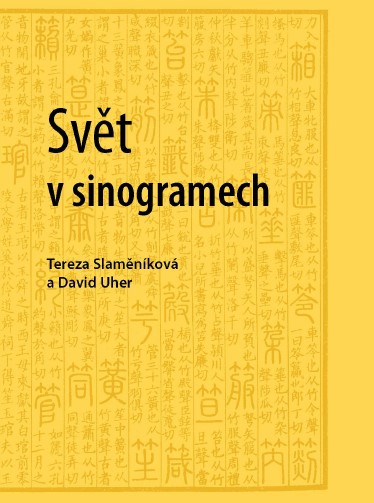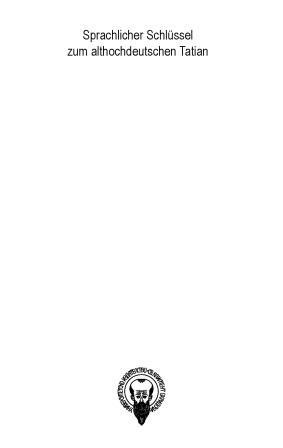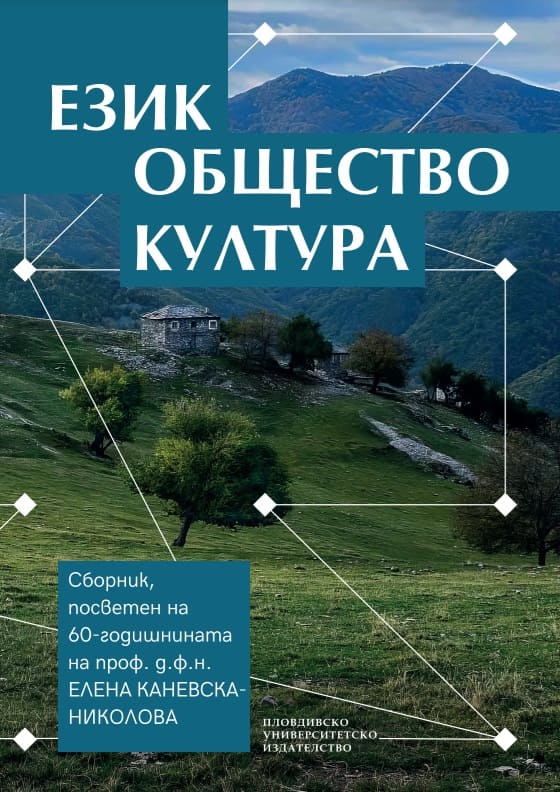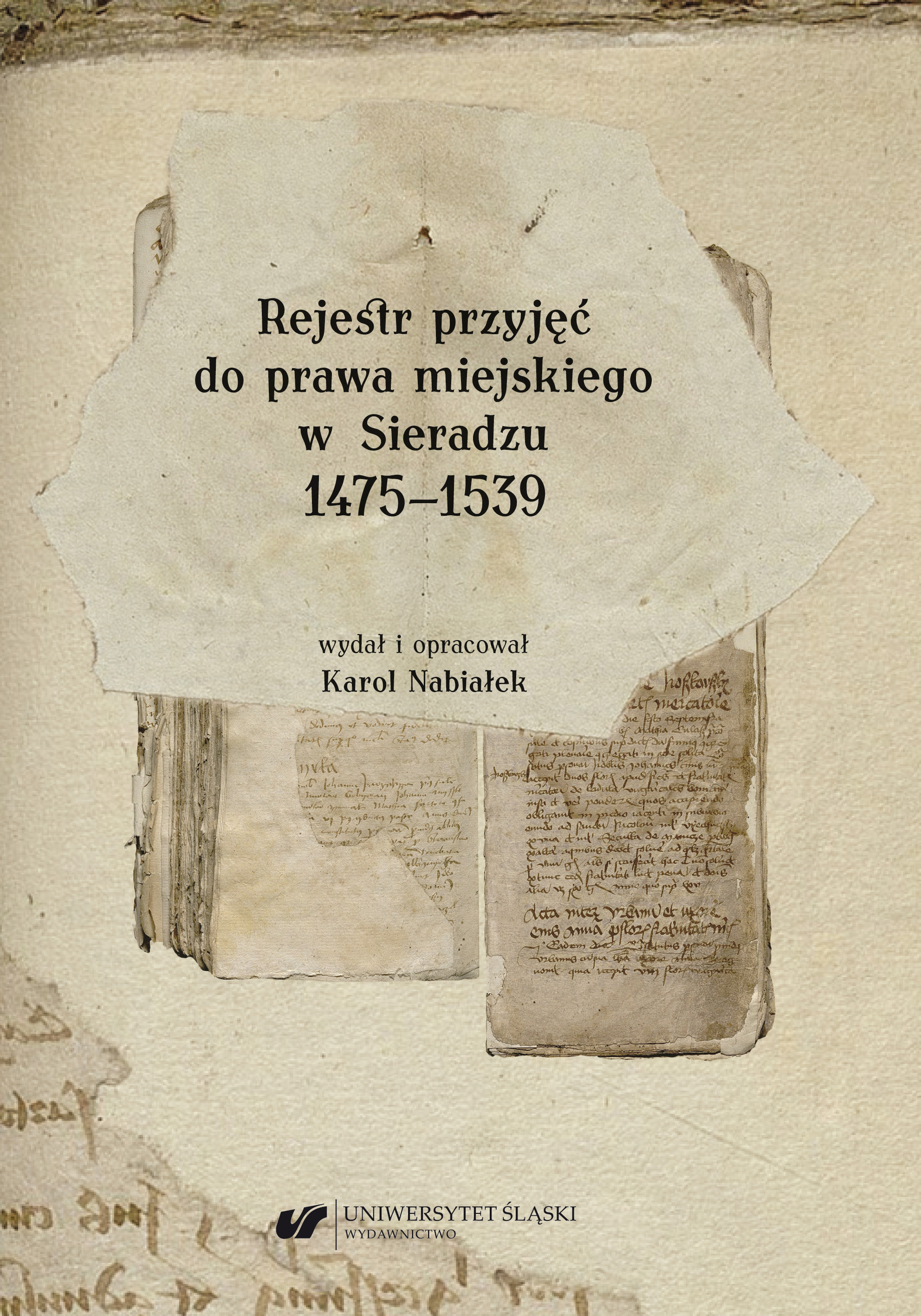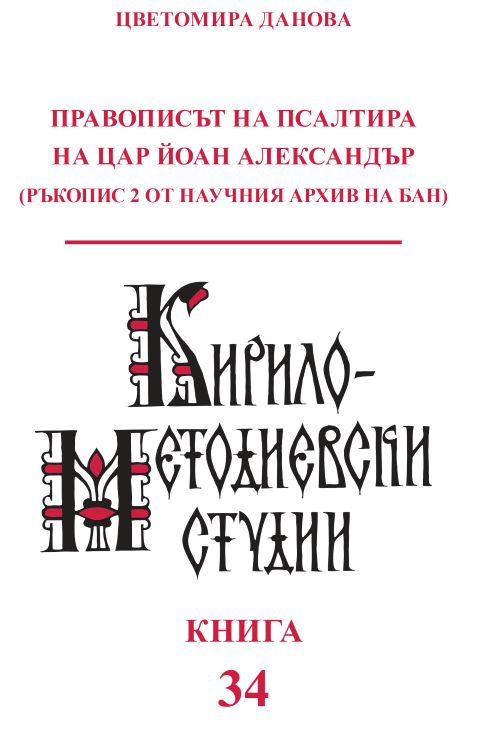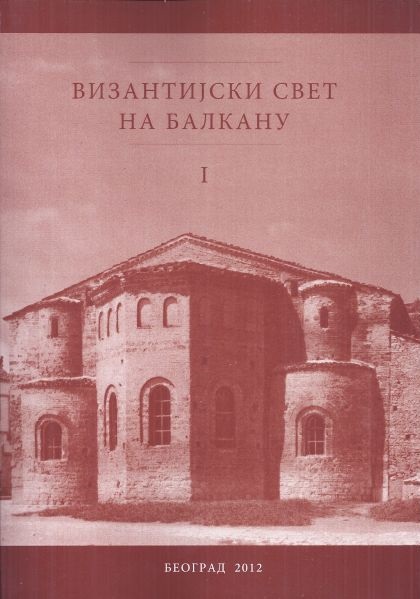
Три писма Константина Великог код Евсевија Кесаријског, Теодорита Кирског и Сократа Схоластика
The literature on the Constantinian documents in Eusebius’ Vita Constantini ha been mostly concerned with the question of their authenticity. The relation of their language and style to the whole of the text has not received comparable attention. The stylistic analysis of these documents must rely on rare and irregular traits prone to scribal emendations. The ideal way of minimizing the impact these have on the textual tradition is to have an alternative source, or to be able to rely on the quotations of other authors. Luckily, there are three letters of Constantine (V. C) quoted by the later Church historians, Theodoretus of Cyrrhus and Sokrates Scholasticus. Comparing the text of these three authors also gives us a much needed means to check which linguistic traits were perceived as abnormalities by the scribes. By doing so, we can identify some traits typical of letters translated from Latin. In addition, these letters also exhibit some traits peculiar to Eusebius. Although there is no way of knowing in which language these letters were distributed in the East, their style was certainly retouched by Eusebius, which makes any reconstruction of a “Constantinian style” using them as a basis tentative at best.
More...
